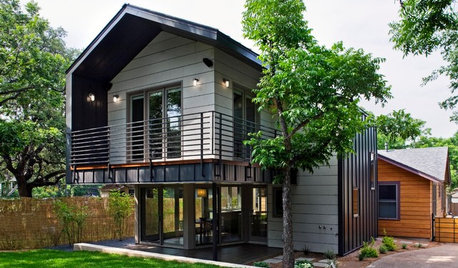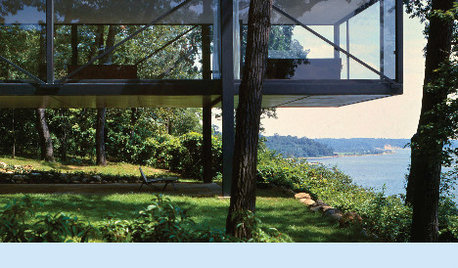I'm curious about a problem I ran into tonight having my disc jockey hat on instead of the electrician (: I was at a 1950's highschool providing 2000 watts of music as well as 2000 watts of lights. This is in the gymnasium. For the power amps I ran 12/3 soow cord across the room to a dedicated computer circuit that was put in 8 years ago. I did the same for the lighting except to a 1950's wall receptacle. The wall receptacle all though old served no lighting loads or receptacles in use. I was running a load of 19 amps on this poor old circuit. Well it worked fine until 1 hour later when the breaker tripped. I then got rid of a 6 amp light taking the load down to 13 amps. Well the custodian flips the breaker down in the basement and 3 seconds later the breaker tripped again. Then down to 2 lights (8 amps) flip the breaker and trips in 2 seconds. After 20 minutes I was able to power up 2 of the lights on that circuit.
I didn't see the panel but most of the original panels I have seen around the school are the 1st days of square D breakers. When you heat up a breaker by running it at max load for an un-normal time (like my 1 hour) Does it heat up the breaker so much that it can not power even 80% for a good 15 minutes.
Think I'll email the district electricians and suggest a dedicated circuit back in that corner or better yet, a multiwire circuit with 2 circuits for the dj :) Or next time I'll run 10/3 soow 250 feet out to the theatre across the hallway (ouch expensive) I only dj 3 times a year, just at my old highschool as a hobby. Tonight I couldn't be the electrician as I was changing songs every 3 minutes. I Am curious about the breaker's behavior as I was stumped trying to explain to the custodian why it kept tripping, so any information on that would be great.









mikie_gw
tom_o
Related Discussions
Intelliflo VF3050
Q
Square D breakers very sensitive - Head scratcher!
Q
12-3 for 2 discrete 120 circuits?
Q
Testing Amps on double pole breaker
Q
spencer_electricianOriginal Author